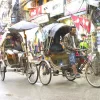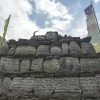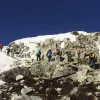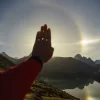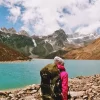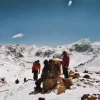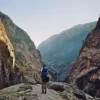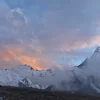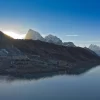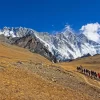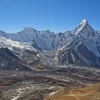Trip Detail Information
Accommodations and Meals during Gokyo Lake Trek
Gokyo Lakes trek offers both tea-house and camping options. Trekkers can either choose to stay at teahouses, which are warm and cozy and offers various food menus just like at home, whereas camping is another wild experience in the woods. Luxury tea houses with attached bathrooms are also available to tourist who wishes to choose the easy way. Tourists can enjoy authentic Nepalese meals and the more common international cuisine during the trek, including Tibetan, Continental, Italian, Indian, etc.
The teahouses provide bed and breakfast, or anything from the lodge menu is available. The Sherpa community provides welcome and farewell dinners concerning tourists’ efforts to travel to the Khumbu region. Homemade beer made from barley is a famous drink, which the Sherpa love to drink before the meal.
Safety Tips
Everest Gokyo Lakes Trek is a moderate-to-difficult trek. It passes via Cho La at a higher altitude than any other pass. The icy landscapes of Cho La pass make Everest Gokyo Lake trekking more complex and challenging compared to other famous trekking circuits. Therefore, previous trekking experience, physical fitness, and a positive attitude are essential. Tourists are likely to walk for 6-7 hours a day. Past hiking experience is necessary but does not require technical mountaineering expertise. The medical condition of the trekkers is needed to be in a fit condition without any chronic disease.
Best Season of Gokyo Lakes Trek
Spring Season
The Gokyo Lakes trek from the final week of February to May will provide a great perspective of the mountains, glaciers, and greenery. The trek becomes more stunning and all-natural as the weather warms up in the spring. During this time of year, the magnificent purity of the Khumbu area will ultimately please you. As a result, spring is one of the greatest seasons for the Gokyo Lakes trek.
Autumn Season
In the Everest region, the period from September to November is one of the most beautiful times of the year. The lush, green foliage and the wave of rhododendrons make the landscape more glamorous. This trekking will be more enjoyable and ideal during this season because of the clear skies, lack of precipitation, and warm western air.
Winter Season
The snowy atmosphere of the Everest Region will be unlike any other season. Due to the heavy snowfall, the Everest Region will be in chaos from the end of November to the first week of February. Trekking will be nearly tricky due to the low temperature of -15 degrees Celsius. Furthermore, deep freezing snow touches the entire Khumbu region. Trekkers who have previous experience trekking in snowy and freezing conditions can trek during this season.
Summer Season
During the summer season, which lasts from the end of May to the end of August, the Everest Region welcomes you with a lot of rain and dazzling sunshine. The steep and highly wet terrain from Lukla to Dingboche results from a significant amount of rain. It is also more difficult to land in Lukla because of the low visibility at Tenzing Hillary Airport. Trekking during this season is also an option for those who enjoy both adventure and the chilly, moist Himalayan atmosphere.

